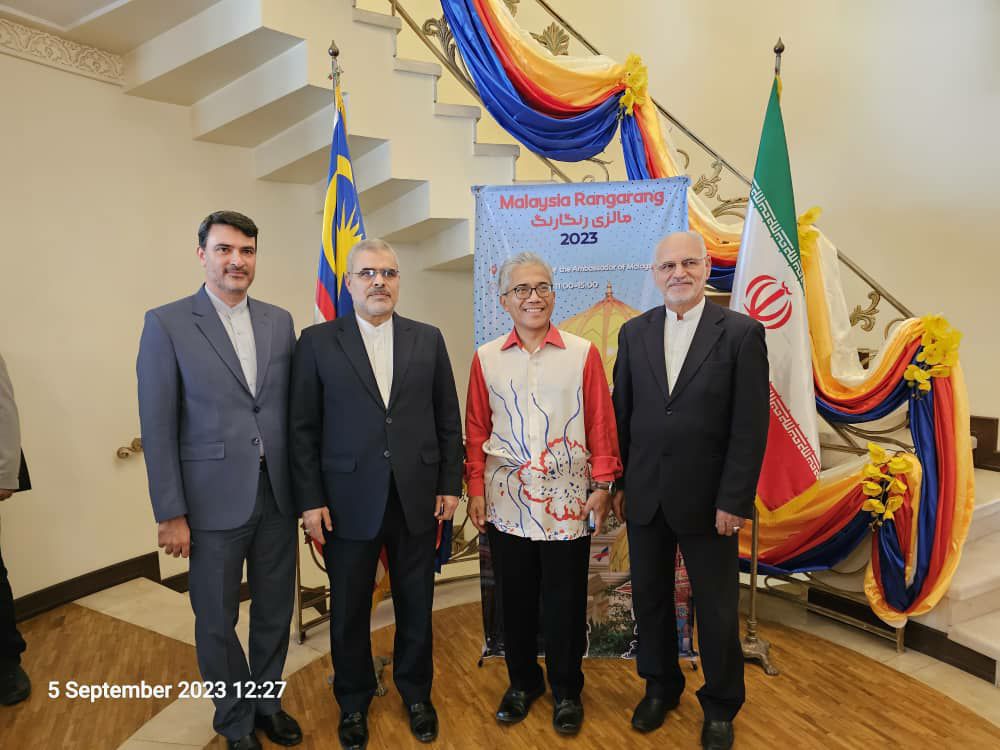Why Was the Den of Espionage Seized?
TEHRAN (Iran News) A comprehensive analysis of the dimensions of the takeover of the “Den of Espionage” would require about 7,000 pages of writing. Therefore, in this short article—so that it may be published in an acceptable length for the digital space—only the general outlines are mentioned.
Mehdi Bazargan became the interim prime minister during the days of the Islamic Revolution, and, through the initiative of Imam Khomeini (may his soul rest in peace), the people supported him. Public support led to the army’s compliance and the flight of Shapour Bakhtiar. Nevertheless, Bazargan’s government collapsed even before completing nine months in power.
During this short period of less than nine months, his government maintained both overt and covert relations with the U.S. Embassy in Tehran. The White House viewed these contacts positively. On the 1st of Aban 1358 (October 23, 1979), Henry Precht, the head of the Iran desk at the U.S. State Department, came to Iran. Along with Bruce Laingen, the U.S. chargé d’affaires in Tehran, he met with Ebrahim Yazdi. They described the admission of the Shah into the United States as a humanitarian act and laid the groundwork for a meeting between Iranian and American delegations in Algeria.
The Iranian delegation consisted of Mehdi Bazargan, Ebrahim Yazdi, Mostafa Chamran, and Ali Mojtahed Shabestari. Representing the United States were Zbigniew Brzezinski (U.S. National Security Advisor), Robert Gates (then an official of the CIA), and William Eagleton (U.S. Ambassador to Algeria). The meeting took place on the afternoon of Eid al-Adha, Thursday, the 10th of Aban 1358 (November 1, 1979), in the Orasi Hotel Hall in Algiers, lasting about an hour and a half.
Iran’s requests included the extradition of the Shah and his wife to Iran and the release of $21 billion in frozen Iranian assets. In return, Iran promised the return of F-14 fighter jets to the Air Force, continued hostility toward the Soviet Union, recognition of the Iranian people’s revolution, and the continuation of past cooperative relations.
There were no reporters or photographers present because the meeting was intended to remain secret.
However, Seyyed Sadegh Tabatabaei, brother-in-law of Ahmad Khomeini, reported this confidential news directly to Ahmad Agha.
Subsequently, a three-member team consisting of Ahmad Khomeini, Akbar Hashemi Rafsanjani, and Seyyed Mohammad Mousavi Khoeiniha convened at Khoeiniha’s house. They decided to counter the pro-American direction of Bazargan’s government by organizing the seizure of the U.S. Embassy. On the morning of Friday, the 11th of Aban (November 2), they informed Ebrahim Asgharzadeh and Mohsen Mirdamadi, members of the Office for Strengthening Unity, and the operation was executed on Sunday morning, the 13th of Aban (November 4, 1979).
The plane carrying the Iranian delegation returned from Algeria at 12:30 p.m. that same day, landing at Mehrabad Airport. After learning of the embassy takeover, they went to Qom and met with Imam Khomeini. The Imam made his stance clear, and right then, Bazargan submitted his handwritten resignation, which was published in the media the following day.
On the 14th of Aban (November 5), Imam Khomeini (may God have mercy on him) described this action as greater than the first revolution, as it marked the end of America’s dominance—following the collapse of the Pahlavi regime, which had held roughly 70% of the power in Iran. It also set the stage for confronting the remaining 30% of influence belonging to Britain, which was organized through several interconnected networks. Unfortunately, none of these networks were successfully dismantled, and over time, they grew stronger in political and economic spheres, openly and covertly challenging the unity of decision-making within the Islamic Republic.
- author : Hamid Reza Naghashian
- source : IRAN NEWS




























